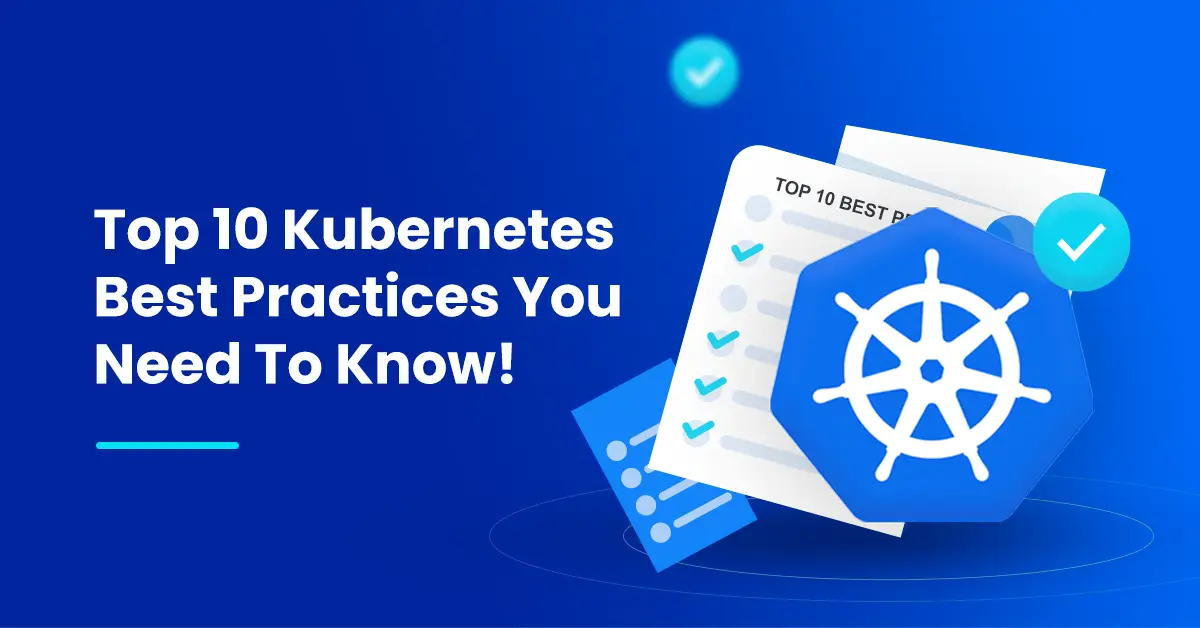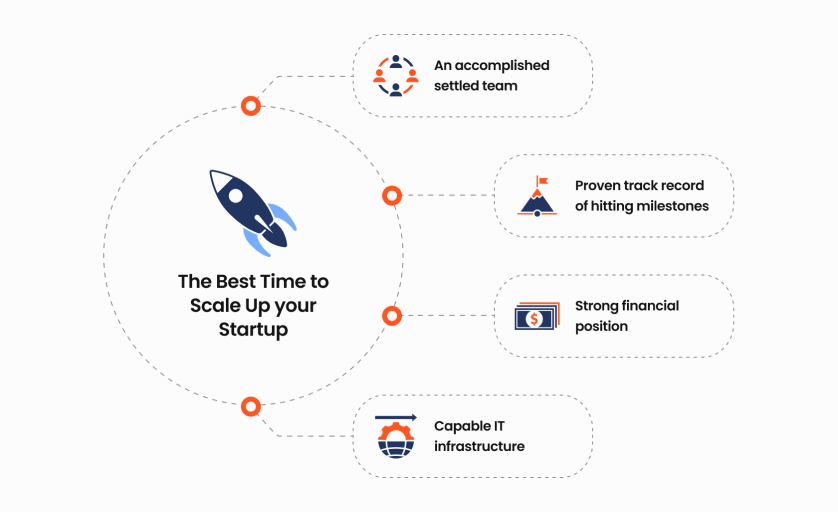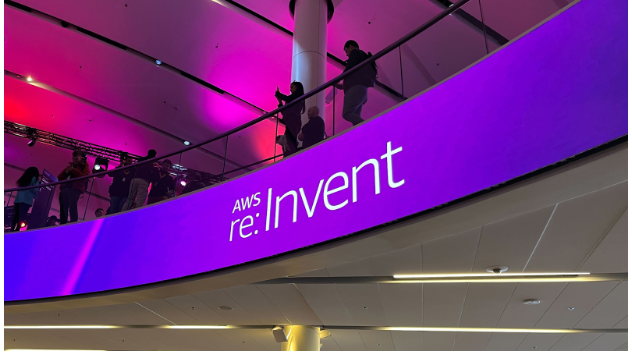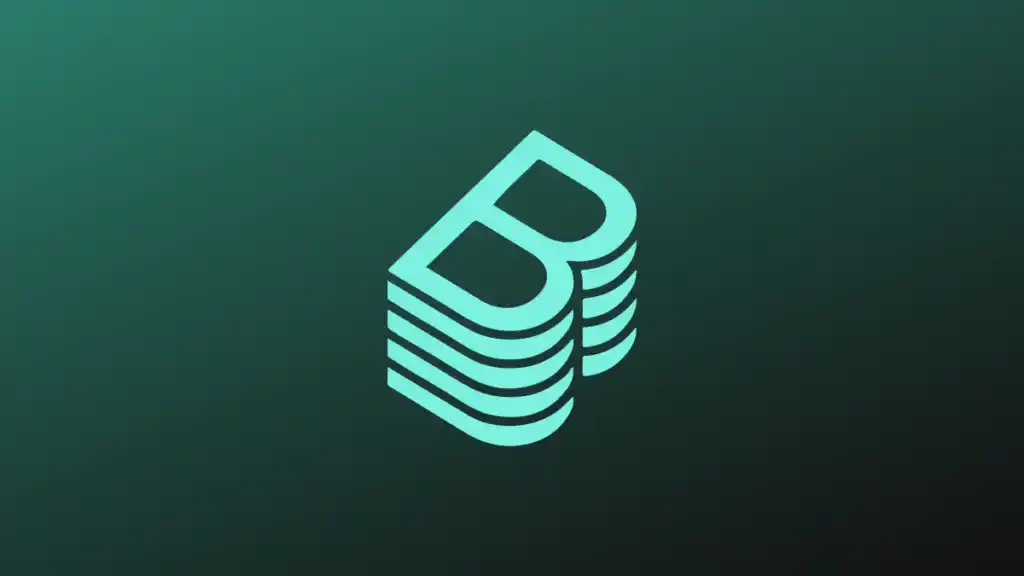Ten Essential Steps to Secure Your Kubernetes Clusters
Protect your Kubernetes clusters with these 10 essential steps. EaseCloud ensures top-notch security with advanced tools and expert support.

Cloud computing is ever-changing, and Kubernetes has become a dominant technology for container orchestration. With cloud computing, the responsibility for securing the platform comes along. Our guide gives a step-by-step process for setting Kubernetes clusters. We will cover everything from network policies and encryption to general best practices in secure environments, so keep reading.
What is Kubernetes and Why Security Matters?
Kubernetes is an open-source project by Google that manages your application via containers. Organizations are increasingly choosing Kubernetes to manage their containers. So, securing these environments is a priority. Unauthorized access to a Kubernetes cluster can result in the loss of very important data, service shutdown, and even severe financial losses.
1. Understanding Kubernetes Security Fundamentals
The Shared Responsibility Model for Kubernetes
In the Kubernetes of the world, security is treated as a shared responsibility model. In this kind of architecture, the cloud service provider handles the server aspects of the security, while customers look after access, traffic monitoring, compliance, and so on. Hence, possessing profound knowledge of the model can significantly enable an organization to implement effective security protocols.
Core Components of Kubernetes Security
The primary features that ensure Kubernetes security already include: authentication, authorization, network policies, and encryption. These components are secure so that IP attackers cannot break into them and access sensitive information on your server.
2. Securing Access to the Kubernetes API
Best Practices for API Server Authentication
The Kubernetes API server should be kept secure to prevent attacks. Use strong client certificates, bearer tokens, or OpenID Connect authentication methods. Always use secure communication over the API server and do not use the basic auth method.
Implementing Role-Based Access Control (RBAC)
The RBAC function is key to regulating the control of Kubernetes engines. Make sure you apply the principle of least privilege by creating roles and role bindings. Additionally, regularly assess the appropriateness of the roles in comparison with the established organization security policy.
3. Network Policies for Cluster Communication
What Are Network Policies?
Network policies are the rules that control the traffic of pods that are inside a particular namespace. In that way, the policies define the conditions of connectivity between pods and endpoints in the larger network.
4. Pod Security Standards
Enforcing Pod Security Policies (PSPs)
Pod Security Policies (PSPs) are a set of guidelines that specify the security standards that pods need to adhere to. You may reduce the dangers connected with insecure pods, regulate pod activity, and enforce important safety measures by putting PSPs into place.
Managing Container Privileges and Capabilities
It is ideal to limit container privileges and capabilities to decrease the threat of a system attack. Also, try to use containers as non-root users and restrict installation to only the necessary applications on the main system.
5. Implementing Secrets Management
Kubernetes Secrets: What They Are and How to Use Them
On the face of it, Kubernetes Secrets are objects that provide a way to securely store and manage sensitive (such as password, OAuth token, and private SSH key) information in a cluster. You can take advantage of integrating 'Secrets' so that the app doesn't know about the secret data.
Securing Secrets at Rest and in Transit
Encrypt the secrets while they are at rest by using the encryption feature offered by the storage provider. Also, ensure that the data is transmitted securely over the network by encrypting it. If the secret keys are used at different places, a centralized system offers protection and also helps you to securely manage the keys.
6. Regularly Updating and Patching Kubernetes Components
Importance of Staying Up to Date
Updating components of Kubernetes is a must-do when maintaining the system's security. This is the only way for the system to always have up-to-date necessary patching and future upgrades.
Automating Updates with Kubernetes Operators
The Kubernetes Operator tool is perfect to automate the process of updating. It is a tool that helps you with timely updating and most importantly it reduces the risk of human error that could happen in the manual updates.
7. Container Image Security
Using Trusted Base Images
Always use trusted and verified base images for your containers. Ensure the images are free from outdated vulnerabilities that could compromise security. Additionally, avoid sourcing images from unverified or unlawful platforms.
Implementing Image Scanning for Vulnerabilities
Scan the automation of image scanning to detect vulnerabilities in your container images. Ensure this process is carried out during CI/CD early in development to catch and solve misconfigurations and breaches that might come up.
8. Securing etcd, Kubernetes' Key-Value Store
What is etcd and Why It's Critical?
Calling etcd the "critical parking lot" of Kubernetes is fitting because it serves as a distributed key-value data store that holds all cluster data. Securing etcd servers is essential, as they store the cluster's initial state and sensitive live data, making them a vital component of Kubernetes infrastructure.
Encrypting etcd Data and Implementing Access Control
One of the ways customer data is secured with Kubernetes is by using encryption and having strong access control in place. This aspect of security directly controls who can access etcd data and who can write data to it.
9. Ensuring Node Security
Hardening Kubernetes Nodes
Implementing best practices for node security is essential to protect your Kubernetes environment. This includes hardening configurations, applying secure settings, and using tools or guidelines designed to modify node behavior securely. By focusing on these measures, you can significantly reduce vulnerabilities and enhance overall system resilience.
Managing Kubernetes Worker Node Permissions
The security permissions of worker nodes under Kubernetes should be well managed. The least function approach ensures that the nodes can only perform the necessary tasks.
10. Monitoring and Auditing Kubernetes Clusters
Enabling Kubernetes Auditing for Activity Logs
Use Kubernetes auditing that logs all API requests as a way of detecting and analyzing incidents of security violations. These logs contain timestamp details and they are valuable for tracking who accessed, updated, or deleted any part of your application.
Integrating with Security Monitoring Tools
Kubernetes integration with various open-source security monitoring tools is excellent. The greater the ease you have with the DevOps process, the easier it will be for you to notice any security vulnerabilities at the early stage and come up with a quick fix.
11. Disaster Recovery and Backup Plans
Setting Up Regular Backups
Backups should be implemented across the whole system with the right policy. In addition to the backups in environment objects, backup the etcd data, volume, and other critical data, because this is the only way to ensure speedy recovery from disasters.
Testing and Validating Disaster Recovery Processes
Emergency readiness tests regularly are very crucial. Practicing drills is most effective in such situations as they aid in nurturing a team of quick responders who can appropriately attend to and develop solutions for any dangerous scenario.
12. Using Service Mesh for Enhanced Security
What is a Service Mesh and How Does it Help?
A service mesh gives a separate layer for service-to-service communication. It is independent of the application and provides a set of functions and tools that allow for communication between microservices and services and infrastructure. As in-the-intercept service data communication, Service Mesh's quality, without any doubt, gives encryption, access control, and observability.
Implementing Mutual TLS with Service Mesh
Leverage the service mesh and enforce the mutual TLS between the services. It will ensure the encryption and authentication of the communication between the services inside your cluster.
Impact of EaseCloud on Kubernetes Security
EaseCloud empowers businesses to secure their Kubernetes clusters with confidence. Our advanced cloud infrastructure and tailored security tools help safeguard containerized applications from threats while maintaining seamless performance. With real-time monitoring, automated updates, and expert support, we ensure your clusters are fortified against vulnerabilities, allowing you to focus on innovation without compromising security.
Conclusion
Recap of Key Security Steps for Kubernetes Clusters
Setting up a good and safe Kubernetes system requires secure API access, network policies, and container security together with other security processes. Organizations that incorporate these ten essential elements into their Kubernetes security can defend their boats from numerous risks.
Final Thoughts on Keeping Your Cluster Safe
These continuous procedures ensure the security of the Kubernetes cluster and the data that forms the backbone of the organization's container orchestration platform. Continuous monitoring and evaluation are essential for testing and improving security measures, ensuring a robust and reliable Kubernetes environment. EaseCloud.io offers effective solutions to help organizations use Kubernetes while maintaining a secure and healthy system.
1. What is Kubernetes security and why is it important?
Kubernetes security refers to the protection of the container orchestrations and the applications that are associated with them from threats and vulnerabilities. This factor is validated by the fact that the type of security situation a breach can cause will have negative outcomes with the potential to put in danger the data security. This can cause service downtime, and affect the financial and reputational aspects of the business as well.
2. How does RBAC improve Kubernetes security?
Role-Based Access Control is a unique system in terms of Kubernetes security because it easily divides the server into separate areas based on the permissions dealing with the resources in the cluster. This will solve a significant part of the problem in the systemization of roles. So that the most appropriate roles and access rights are assigned only to the required users and applications.
3. What are the common vulnerabilities in Kubernetes?
Common vulnerabilities are mishandling of RBAC, exposed APIs, insecure container images, improper network policies, or secrets that are not encrypted.
4. How do you ensure container image security?
One of the ways to ensure container image security is to use and update only certified base images. See to it that no detected vulnerabilities in images exist. Avoid downloading images from unverified or unauthorized sources.
5. What tools can I use to monitor Kubernetes cluster security?
There are a variety of standard, open-source tools available that help with the monitoring process that would be best for Kubernetes security. The best of these tools obtains relevant statistics about all security aspects of Kubernetes. EaseCloud.io is a preferred choice in this industry as we have plenty of options for the clients. Options range from open source to commercial monitoring tools which are essentially tailored for the Kubernetes environment.

Discover five proven ways to scale your startup in crowded markets. Partner with EaseCloud for flexible, cloud-based solutions that grow with you.

Explore the highlights from Day 3 of AWS re:Invent 2024, including groundbreaking AI updates, partner innovations, and industry-changing announcements.


